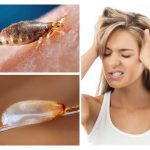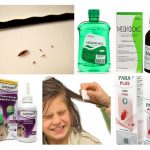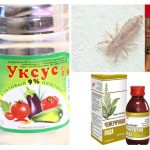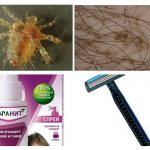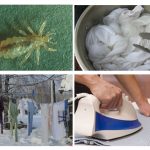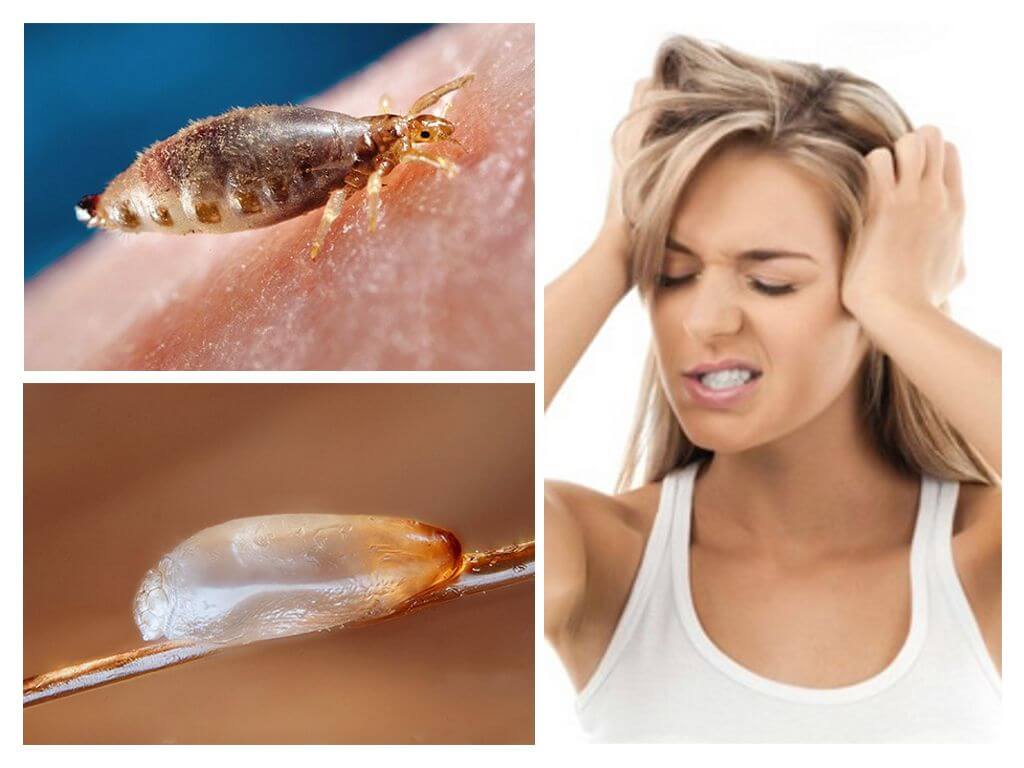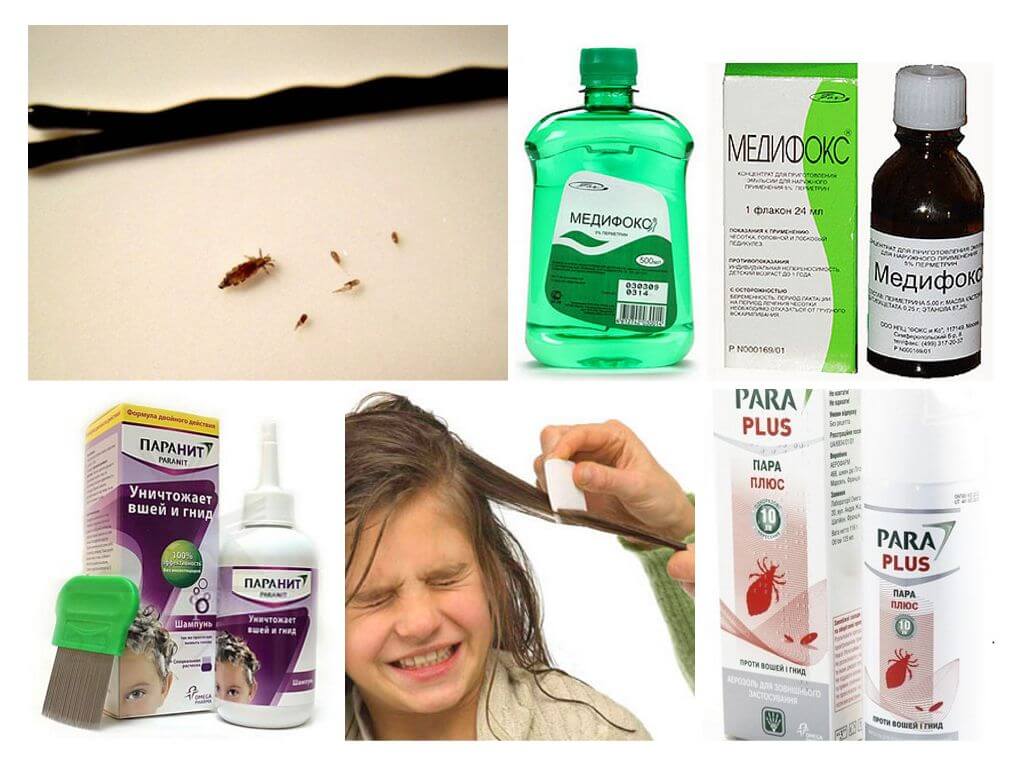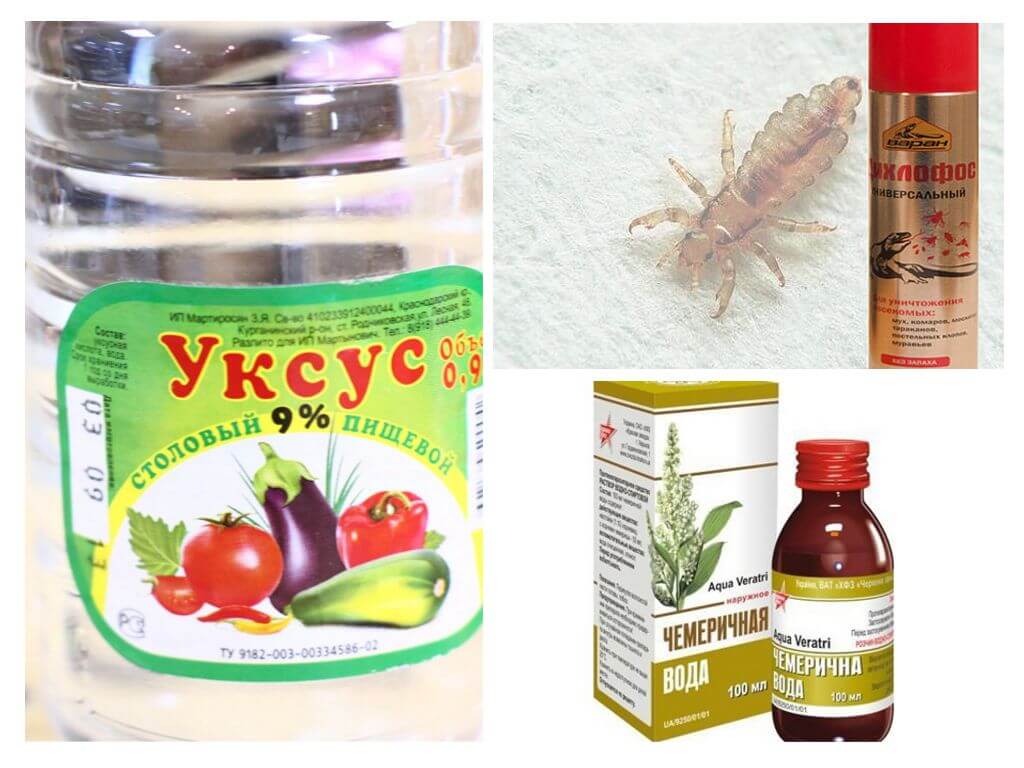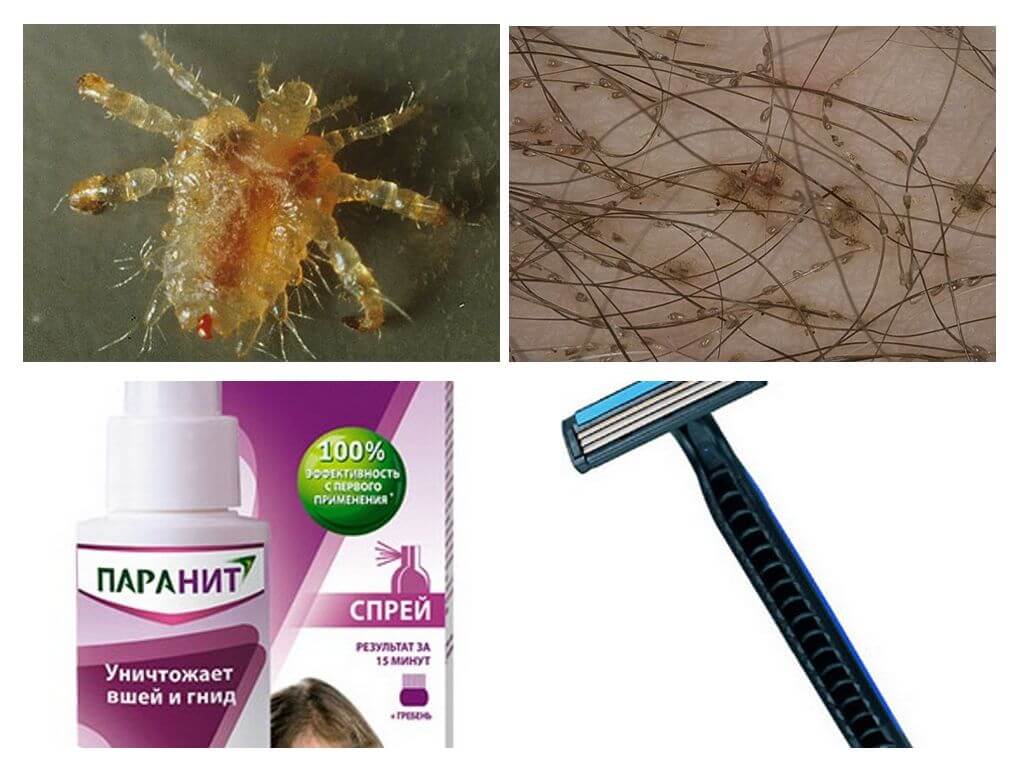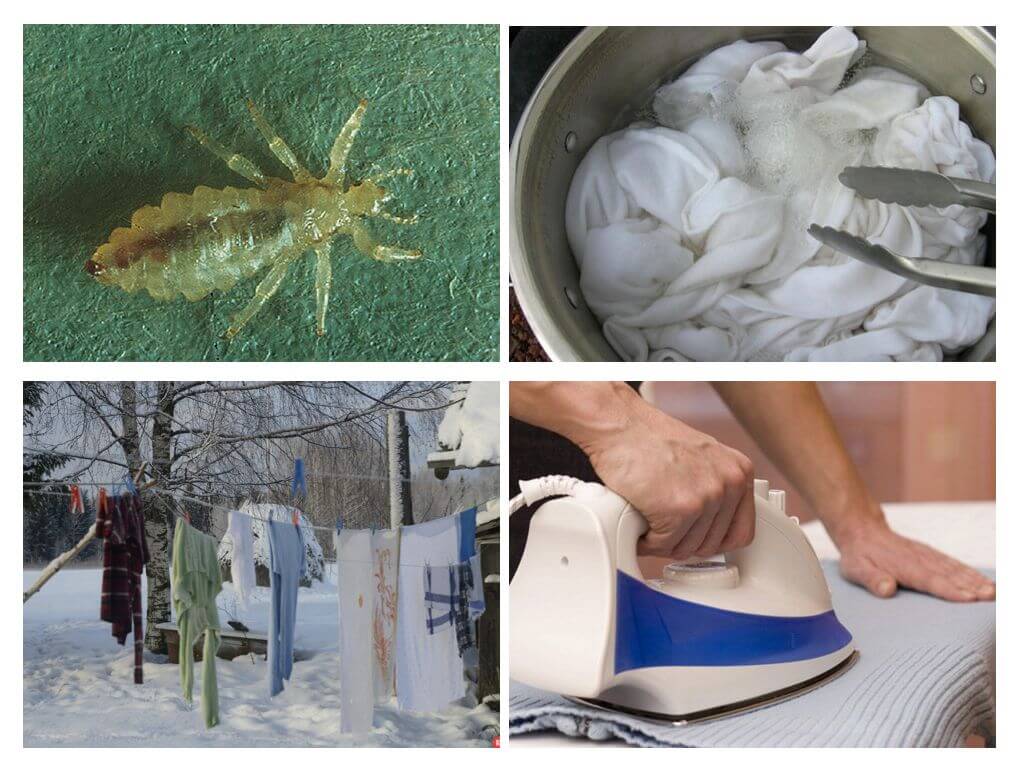What is pediculosis?
Content
- Head lice
- Lice Remedies
- Folk methods from pediculosis
- Pubic lice
- Body lice
According to statistics, every third person knows what pediculosis is. This medical term denotes lice. The causative agent is human louse, which uses homo sapiens exclusively for food.Depending on the location and type of the parasite, there are three forms of lice, each of which is distinguished by its symptoms and methods of treatment.
Head lice
The most common type is head lice. All age groups are subject to it, but most often infestation by parasites is observed in children and adolescents. The culprit of the disease - head louse. Her habitat is hair on her head. In cases of severe contamination is localized on the eyebrows, mustache or beard. Insect paws are adapted only for movement through the hair with a circular cross section, therefore it is impossible to meet it in other parts of the body.
Head louse is characterized by a gray color and small size, which do not exceed 4 mm. The parasite menu consists entirely of human blood. After the meal, the louse becomes orange, purple, and purple. Motor abilities are limited to crawling. Neither fly nor jump bloodsuckers are not capable.
On a note!
Adults lice live 30-35 days. Every day, each female lays 4-5 eggs, which she firmly attaches to her hair with the help of a special substance.
Under favorable conditions, from the nits after 7-8 days, the first instar larvae appear, which begin to actively feed. After three molts, the young generation becomes mature individuals and breeding process repeats again.
Signs of infection with head lice
Head lice in the initial stage in most people is asymptomatic. The bites of several individuals go unnoticed. The oral apparatus of the louse is represented by a short proboscis, in which 4 tubes are placed, connected in pairs. Through the inner, the insect pierces the skin, and, like a pump, draws blood.
By itself louse bite not painful. But during the introduction, the parasite introduces saliva, the protein composition of which provokes the manifestation of allergic reactions. As allergens accumulate, severe itching occurs. When scratching, infection of the wounds into which secondary infections and pathogenic microbes are often occurs occurs.
Lice incubation period Lasts 1-2 weeks. After that, the following are observed headache symptoms:
- persistent itching in the scalp;
- the appearance of bluish spots on the skin;
- worsening sleep, anxiety;
- reduced concentration of attention;
- adult lice and nits in hair;
- the occurrence of purulent papules associated with constant scratching.
On a note!
Often nits confused with dandruff. However, there are several differences that will help identify louse eggs. Dandruff flakes can be of different sizes, they are easily removed from the hair, fall off, and no sounds are heard when pressed. Nits are visually the same size, to remove them from the hair is very problematic, and if you press the capsule with a fingernail, you can hear a characteristic click.
Mostly clusters of parasites are observed in the temporal, occipital region, back of the neck. Pediculosis is diagnosed by a dermatologist, general practitioner or at home. To do this, you should equip with a magnifying glass and in a well-lit place to conduct a thorough examination of the scalp and hair for the presence of lice and nits. Photos of head lice clearly demonstrate signs of lice in humans.
Where does head lice come from
The main reason for the appearance of lice is contact with an infectious person. An adult insect overcomes about 25 cm in one minute, so it doesn’t need much time to move from one head to another. Most often there is pediculosis in children:
- the exchange of headdresses, hairbrushes, hairpins is the most common way of transmitting head lice in girls;
- joint games in kindergarten, on grounds with carriers of lice lead to the spread of parasites among preschoolers;
- enthusiasm of adolescents joint self significantly increased the statistics of infection with head lice.
However, this is not all the ways how pediculosis occurs. Insects remain viable outside the human body for up to 2 days. Therefore, swimming in stagnant reservoirs, visiting saunas, swimming pools, where sanitary standards are not observed, can become a cause of infection. It is impossible to exclude the possibility of lice migration in places of large concentrations of people, in public crowded transport.
During the entire existence of parasitic individuals, information about lice has been replenished and many myths have appeared, where do lice come from:
- Carriers can be animals and birds. The statement does not correspond to reality, because the lice have a highly specialized profile and they parasitize exclusively on people.
- Pediculosis is more susceptible to people who have experienced stressful situations.Such a hypothesis exists, but there is scientific evidence that lice appear from the nerves, not.
- Lice live under the skin of each person and under certain conditions manifest themselves. The anatomy of insects does not allow them to exist under the skin.
- People who abuse alcohol do not attract bloodsuckers. Research in this area has not been conducted. But the statistics asserts that people with alcohol addiction suffer from pediculosis more often in comparison with people without bad habits.
What are dangerous lice
Not only that insects themselves do not adorn the hair and cause great discomfort by their presence, provoke skin and hair disease, they are carriers of various ailments.
On a note!
The fact that lice are capable of infecting with hepatitis or AIDS is nothing more than a myth. Even if the previous carrier was infected, virus particles in the insect's digestive system are broken down.
But an infectious disease - typhus or relapsing fever is able to transmit vsh. In case of infection, their symptoms appear before a person detects parasites. Increased temperature, fever,pink rash or yellowness all over the skin - typical signs of typhoid, which should be detected immediately consult a doctor.
How to treat head lice
Arsenal for the introduction of lice is very diverse and is represented by both folk remedies and pharmaceutical preparations, including shampoos, the sprays, ointment, creams, lotions. However, whatever method is selected, the processing algorithm is the same:
- the mixture is applied to pre-moistened or dry hair;
- aged from 10 to 40 minutes, some preparations based on dimethicone are left on the hair for up to 8 hours;
- lice remover it is washed off and carried out by means of a comb with frequent teeth. combing nits and dead individuals.
On a note!
To complete cure pediculosis after 6-8 days, the procedure is repeated. It is also necessary to process the headgear of an infected person, combs, hairpins, bedding. Recommended sanitary treatment of the apartment from lice.
To facilitate the process of combing parasites, use comb against lice. Such a device can be considered as monotherapy, lice products for pregnant womenallergy sufferers. Or be an addition to the main treatment program.
To combat head lice apply effective medication:
- shampoos Hygia, Pedilin, Nok, Paranit, Sumitrin, Avalanche, Tar;
- Sprays Lavinal, Pedikulen Ultra, Here, Pair Plus;
- lotions and concentrates: Medyfox, Paranit Sensitiv, Full Marks, Nittifor, Handicum Plus, Medilis Bio.
Most of these drugs are used for removing lice in children.
Among the popular methods of treatment of pediculosis, the following are very popular:
- Vinegar diluted with water in a ratio of 1: 3, the solution is applied to the hair with a thin towel, cotton swab, sponge. A polyethylene cap is worn to create the greenhouse effect. After 30-60 minutes, the product is washed off and combed out. For the preparation of the solution it is possible to use table, apple, wine vinegar. The sharp smell of geranium oil, lavender, burdock, tea tree level off.
- Hair spray, mayonnaise envelops hair with a film and prevents air penetration, as a result of which parasites die from asphyxiation.Means are applied to the skin and hair at night, the head is covered with a film. The obvious disadvantage of the method is that it is difficult to wash your hair and remove all remnants of the antiparasitic mask.
- Chemerichnaya water - an effective folk remedy, but it must be used very carefully. Even a small amount of tincture that has entered the body can be fatal.
On a note!
Harassing head lice Dichlorvos, dust soap or kerosene is outdated and can cause significant harm to health and adversely affect the condition of the hair. In their stead came tar soap, hydrogen peroxide.
Pubic Pediculosis
The disease is called ftiriazom. Pathogen - pubic louseShe is a creeper. Localized in the hair of the genitals, in the groin, in the armpit, occasionally on eyelashes. The structure of the insect in the photo resembles a tiny crab. An adult individual is characterized by small size - no more than 3 mm in length and a flat wide body. The life cycle is shorter than that of a head louse and is 2-3 weeks.
The female lays 2-3 eggs daily, as close as possible to the hair bulb. Due to its tiny size, it’s almost impossible to see nits on the body. The diet of parasites - human blood, die without food on the second day. Outside the human body under certain conditions may fall into anabiosis. Remain viable in water, in the sand for about 2 days.
On a note!
The main route of transmission of the pubic pediculosis is sexual contact, hugs with a carrier. The possibility of infection on the beaches, saunas, swimming pools, saunas, using hygiene items, towels, bedding of an infected person is not excluded.
Symptoms of pediculosis caused by pubic lice:
- persistent itching in the affected area;
- the appearance of cyanotic spots;
- the occurrence of purulent wounds caused by scratching and the introduction of secondary infections;
- small brown dots on underwear - traces of parasite excrement;
- directly lice themselves, which are easier to see after they have been eating and getting rusty color.
Diagnosis of pubic lice is carried out by a venereologist or at home.The easiest and fastest method of treatment is hair removal with a razor. If for any reason it is not possible to remove the hair coat, use the means:
- spray Paranit;
- Pedilin shampoos, Veda;
- Nix ointment;
- Solutions Medifox, Nittifor.
- Benzyl Benzoate Emulsion;
- D 95.
In addition to the treatment of the affected areas, a daily change of underwear, bedding attributes with further disinfection or boiling.
Ward headache
The culprit of infection - cootiemorphotype of the human parasite. Its description is in many ways similar to head lice. Unlike its relatives, it does not permanently live on the human body, but uses it only as a source of nutrition. He lives in the folds of clothes, can settle on sheets, in the joints of mattresses, because of what the parasite is called clothes louse. It also lays its eggs.
Under optimal conditions, up to 2 days can live without food, while the temperature is lowered, they remain viable for about 7 days. Like other types of human lice are transmitted by close contact with the carrier, using his things.Symptomatology of lice lice is manifested in the tracks underwear lice bites on the body, the appearance of intolerable itch.
Treatment is reduced to a banal hygienic procedure using toilet soap and washcloth, as well as to the processing of clothes and things. To relieve itching, rub the affected area with an alcohol solution. Infected objects are boiled or disinfected with pediculicidal shampoos, solutions. You can pack in a bag for a period of 2 weeks and all body lice will die naturally.
Prevention of pediculosis
In order to prevent children regularly conduct head examinations. In kindergartens, schools Events are planned. You should also avoid close contact with strangers whose lifestyle does not provide for the observance of basic hygiene rules.
Children should be told that they can’t use other’s combs, try on friends ’caps, don’t borrow them. Before visiting places where there is a potential threat of lice infestation, it is worth using repellents in the form of essential oils.

